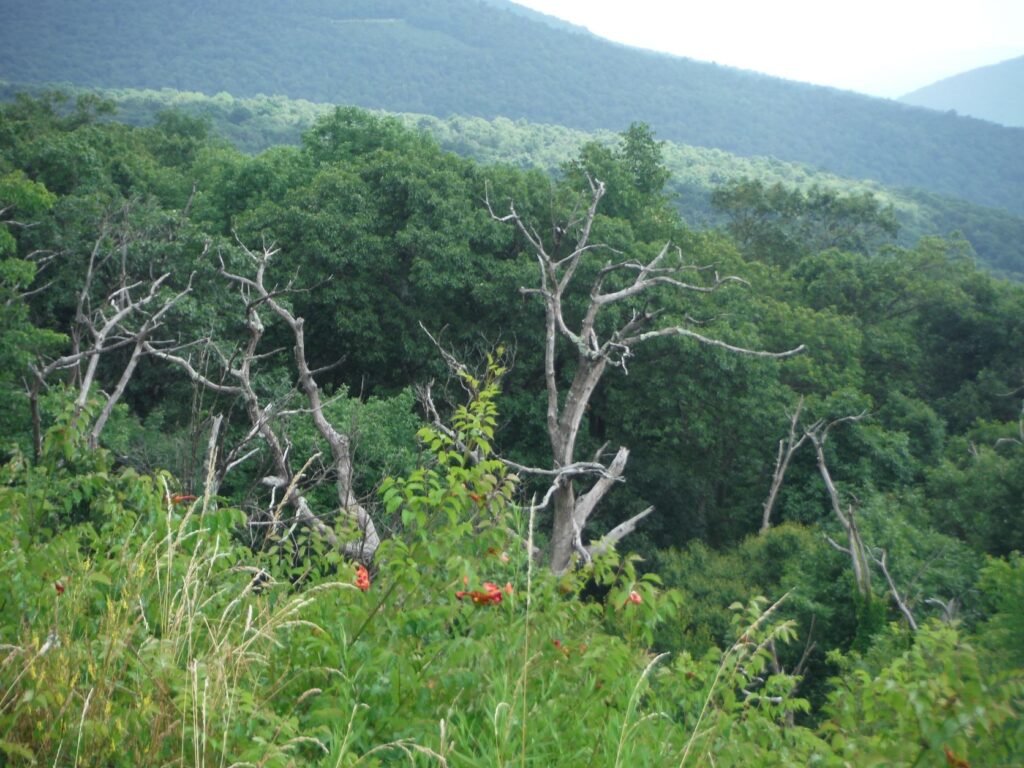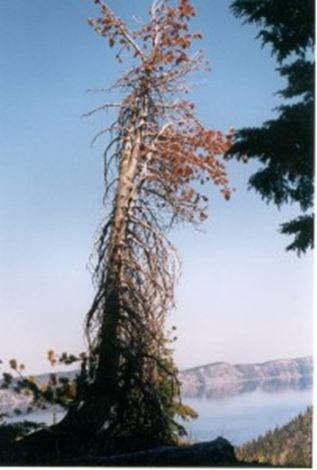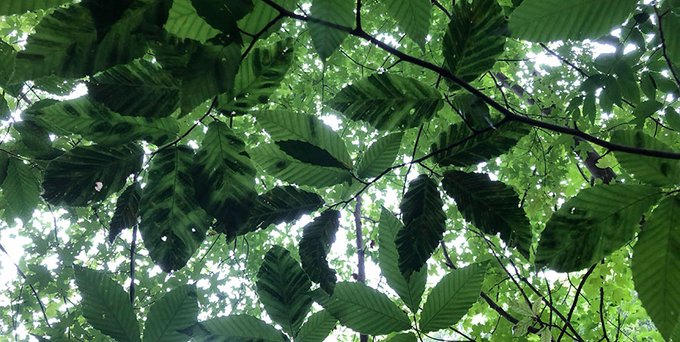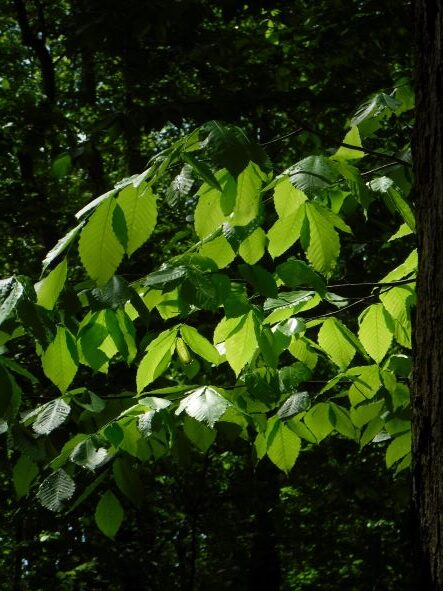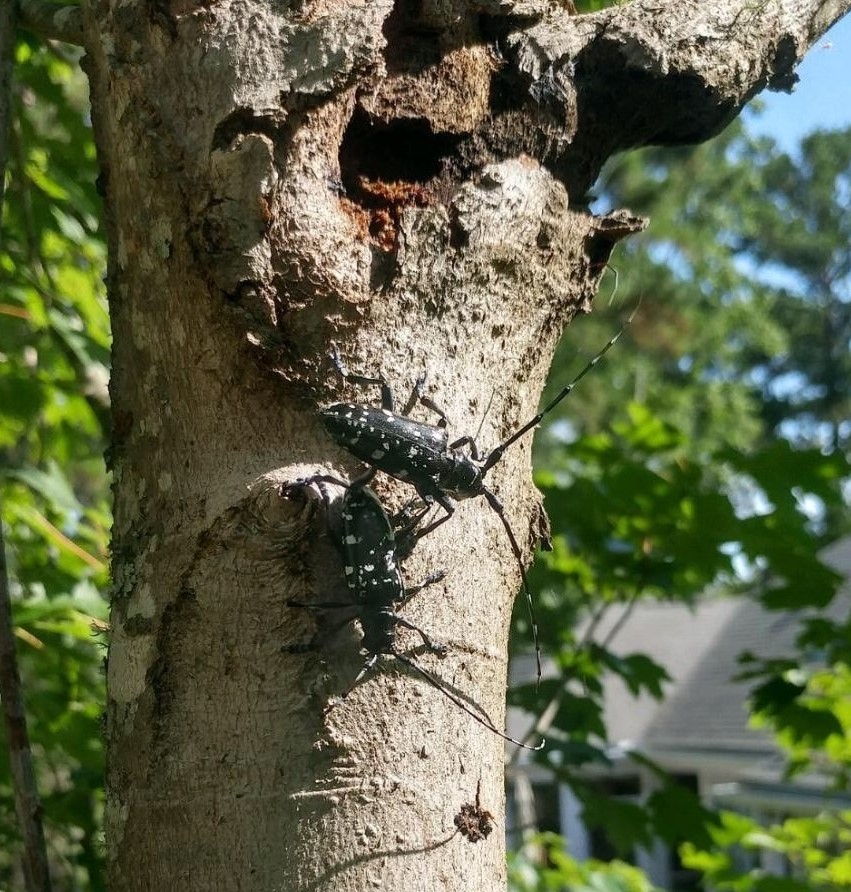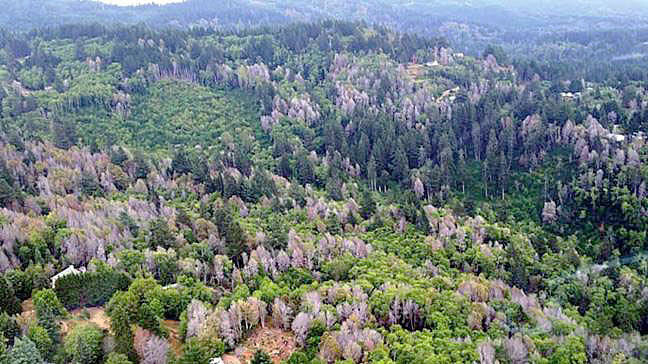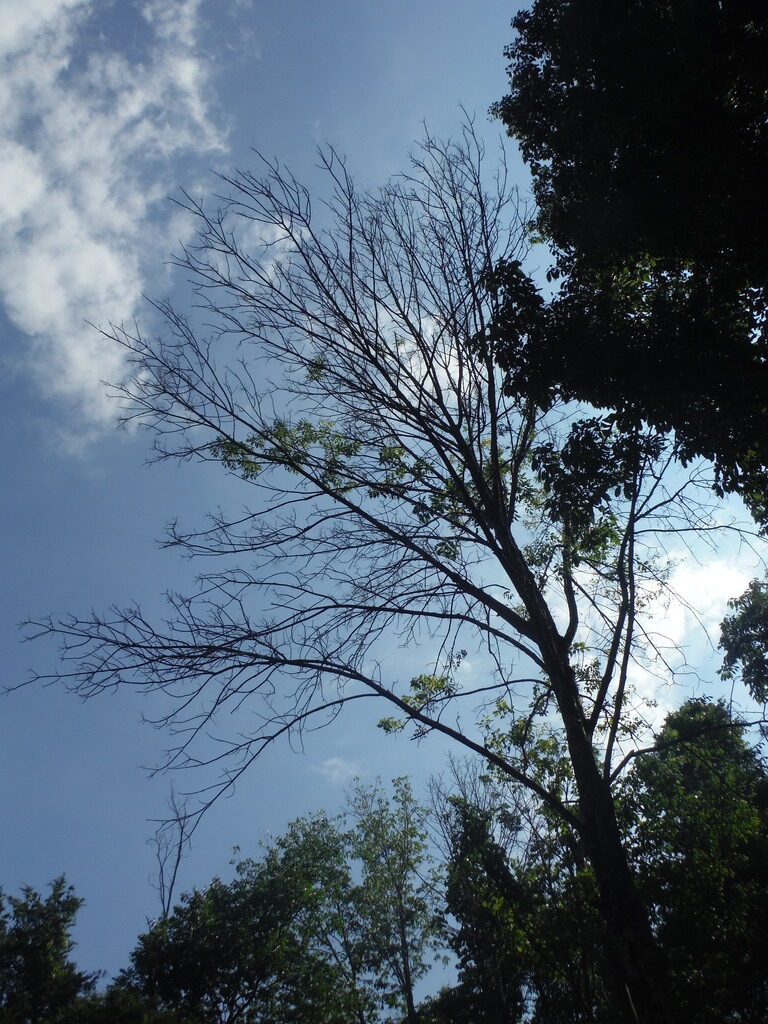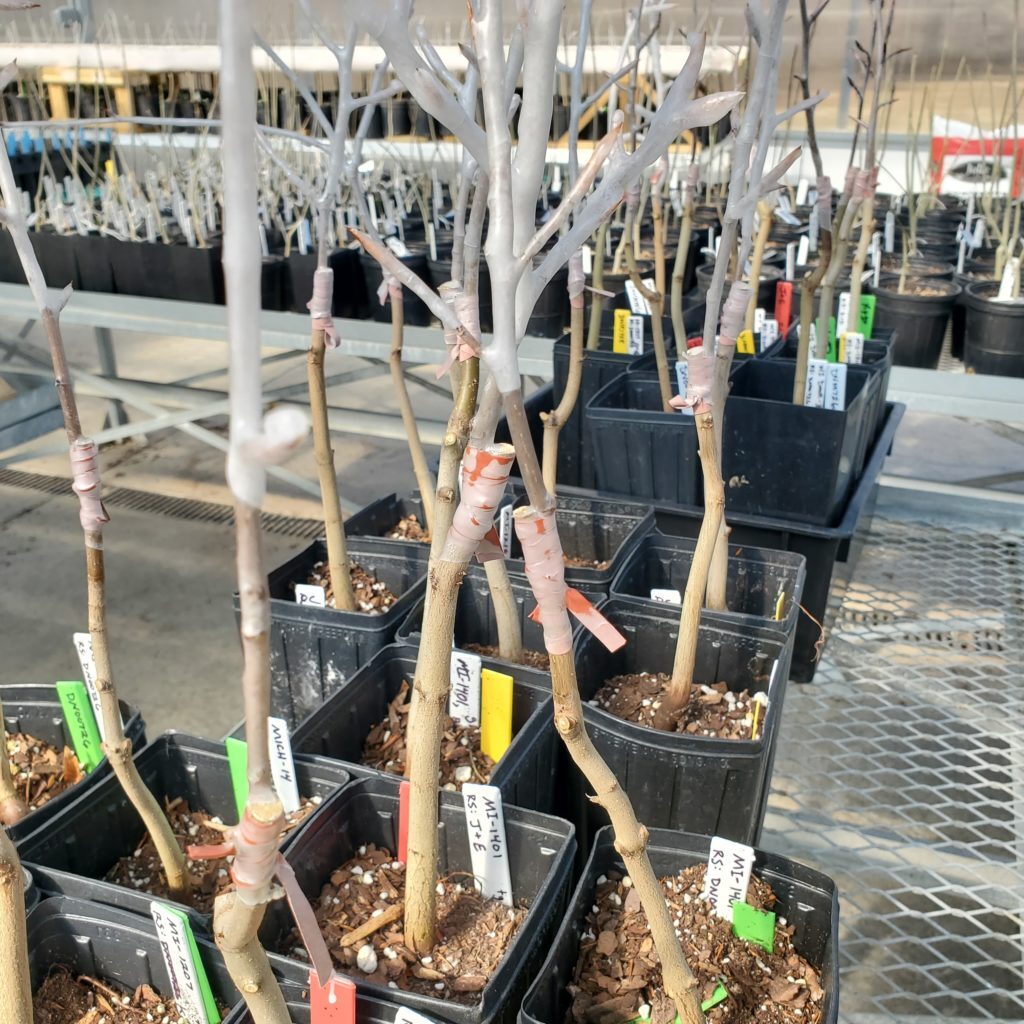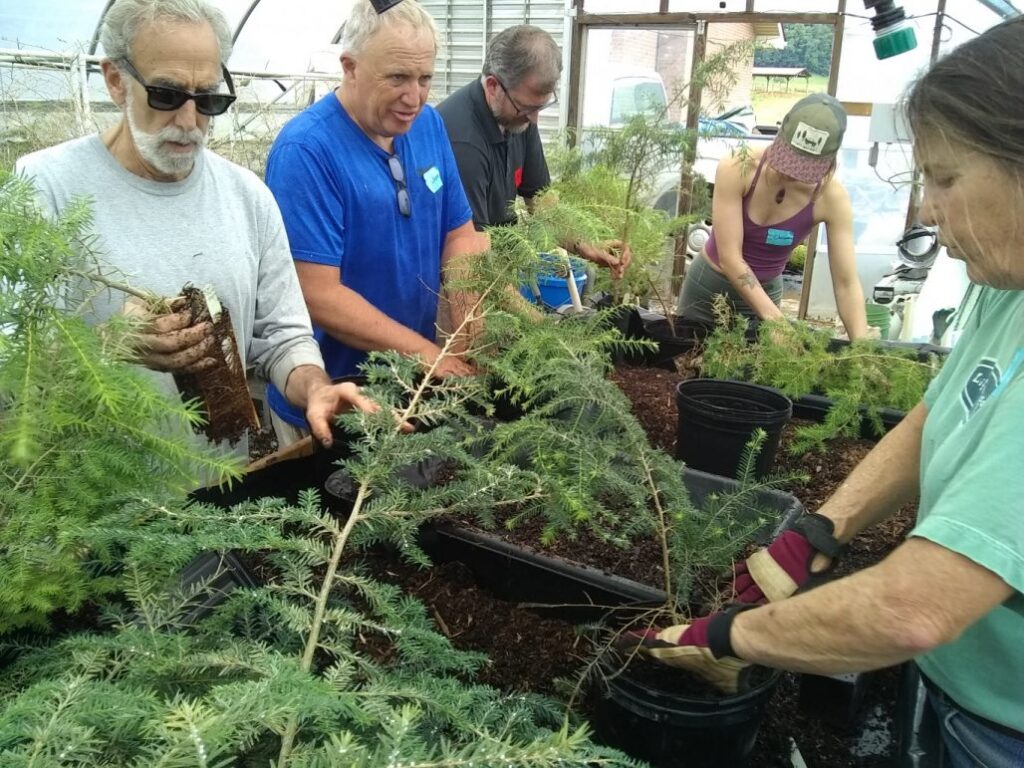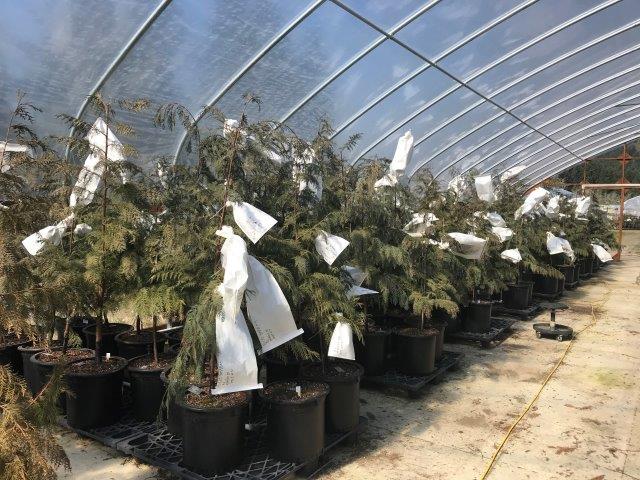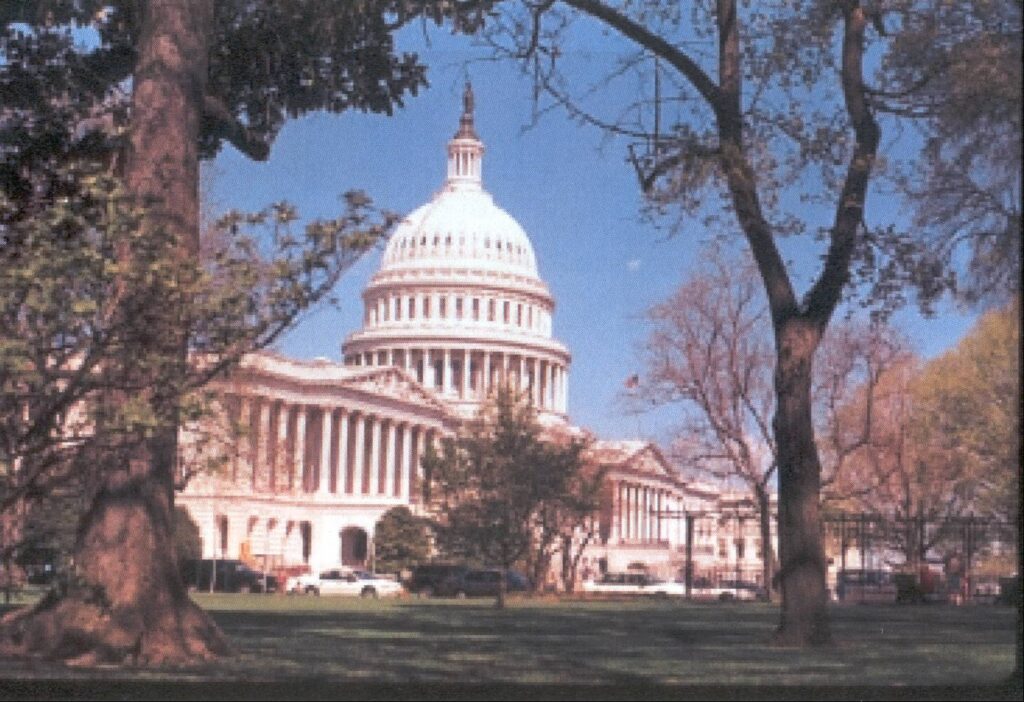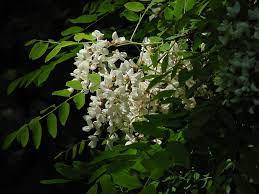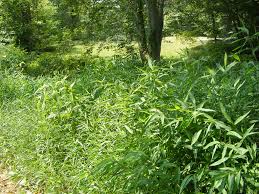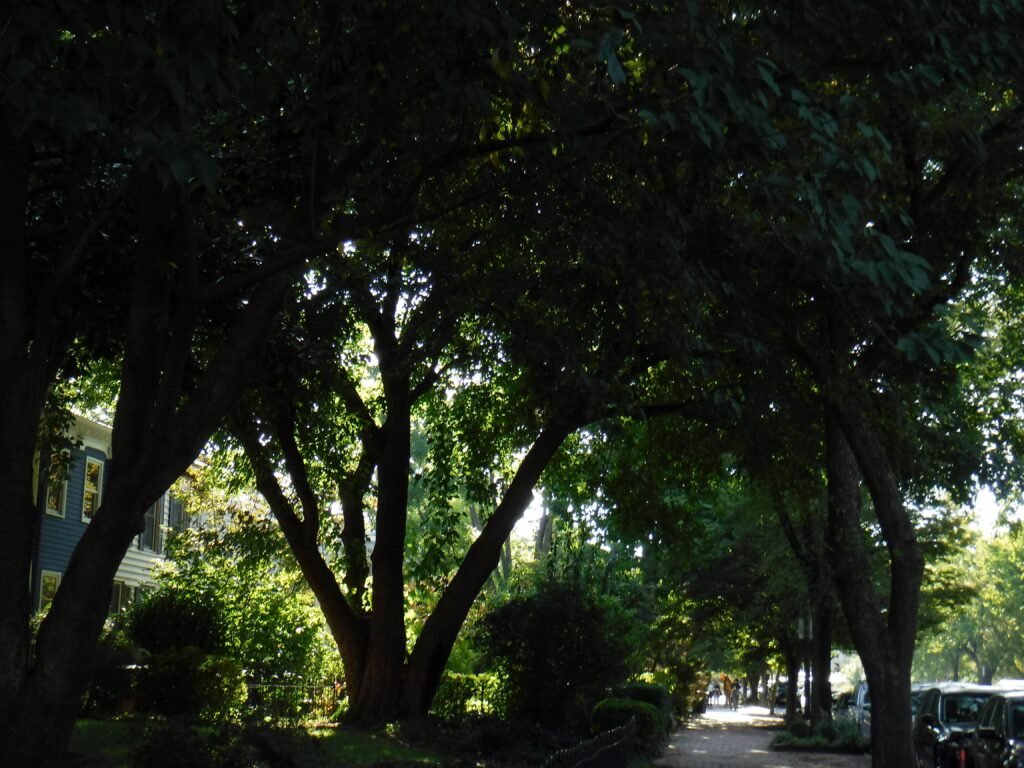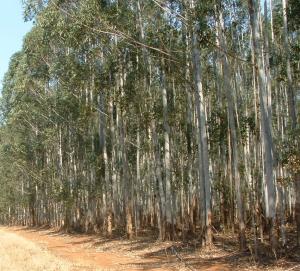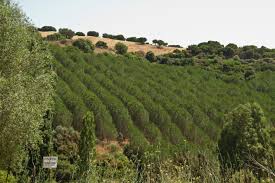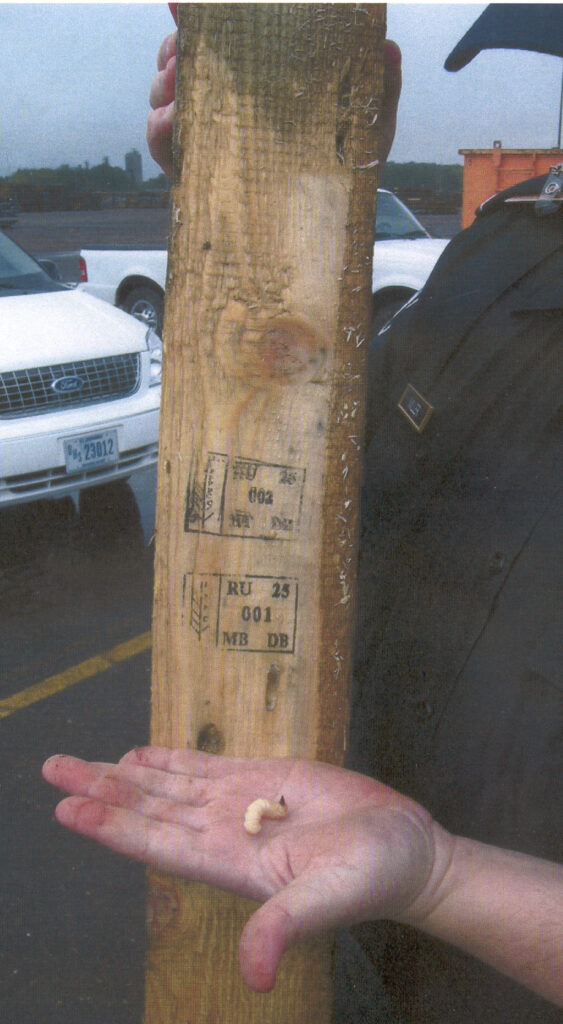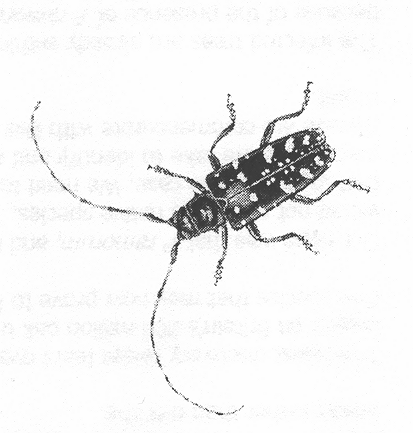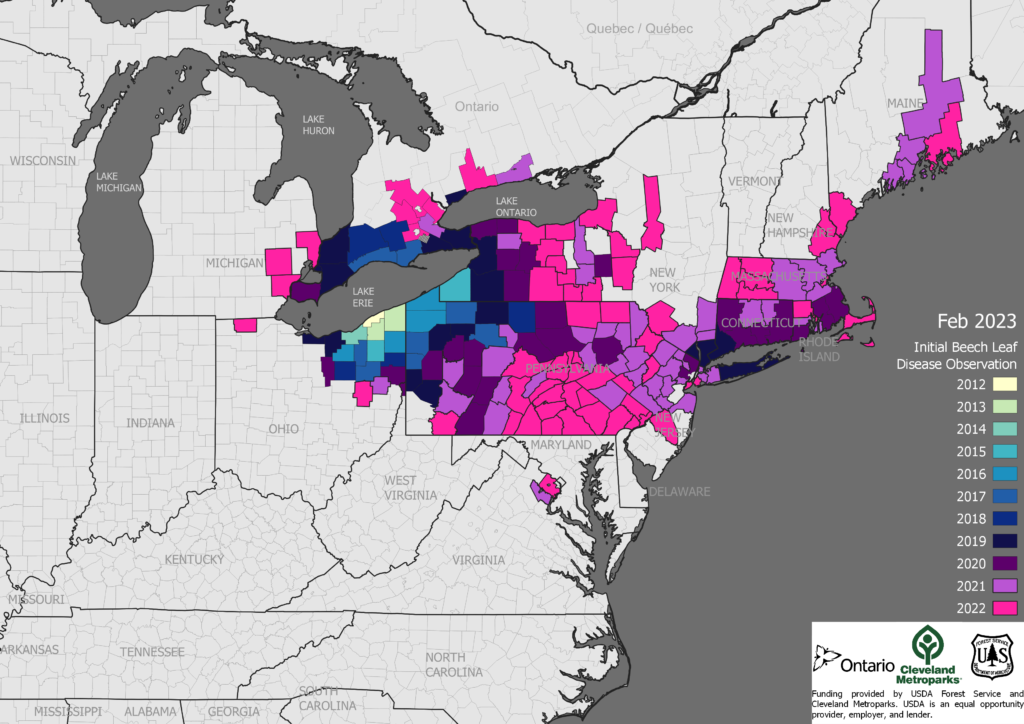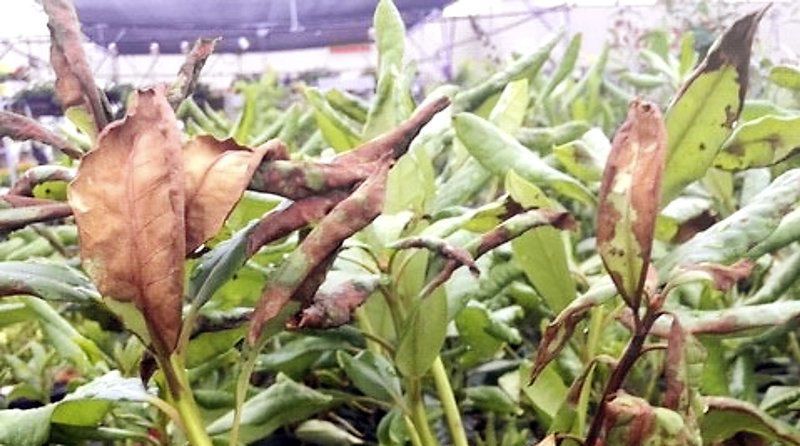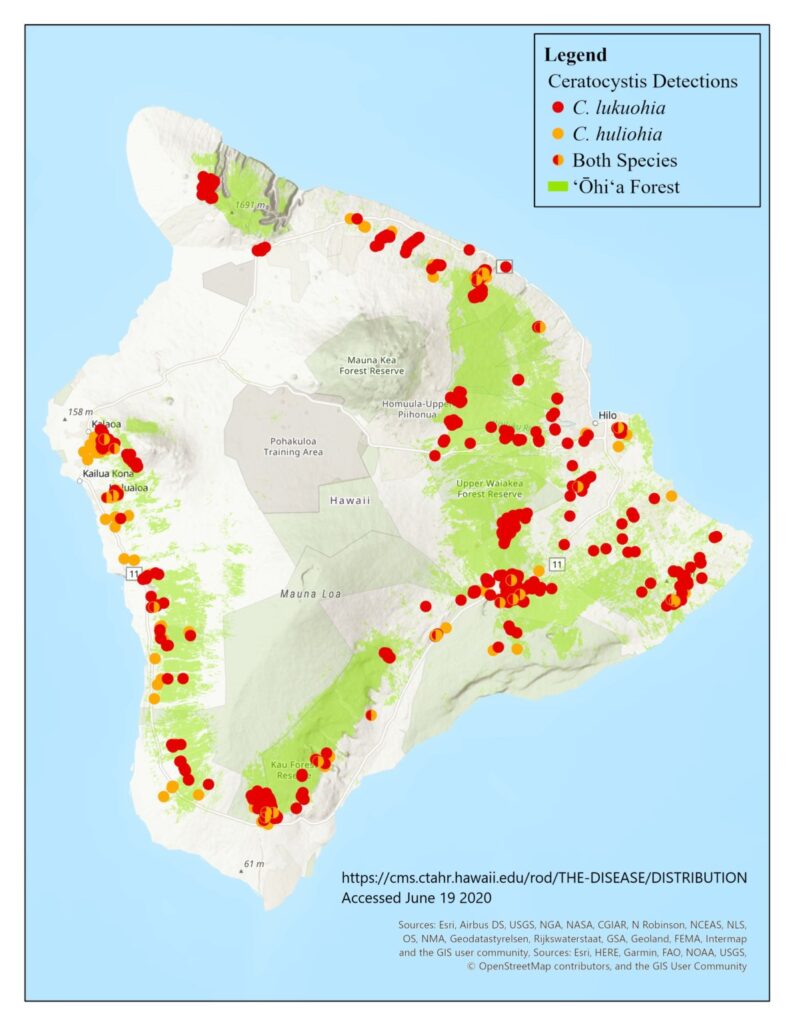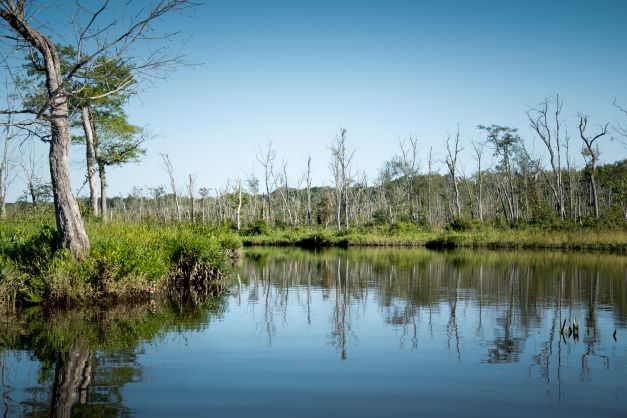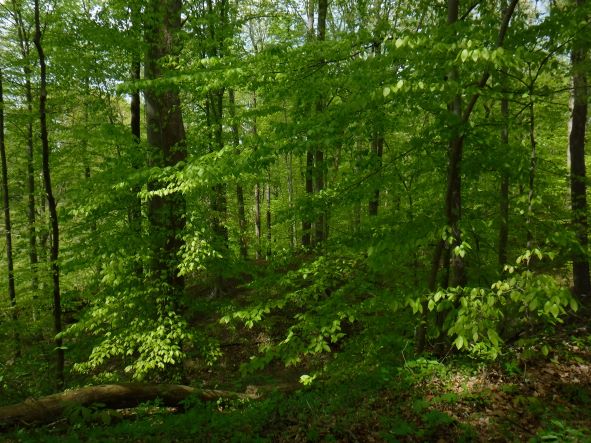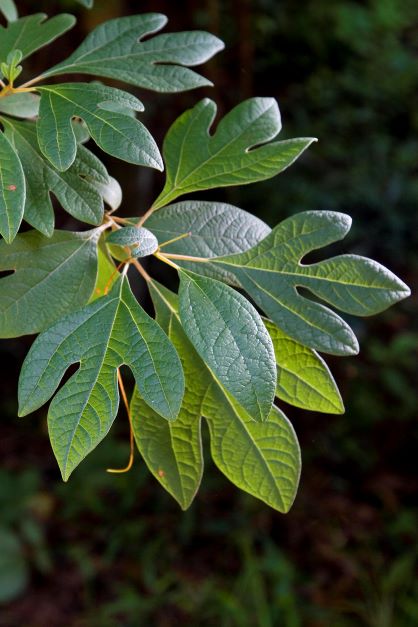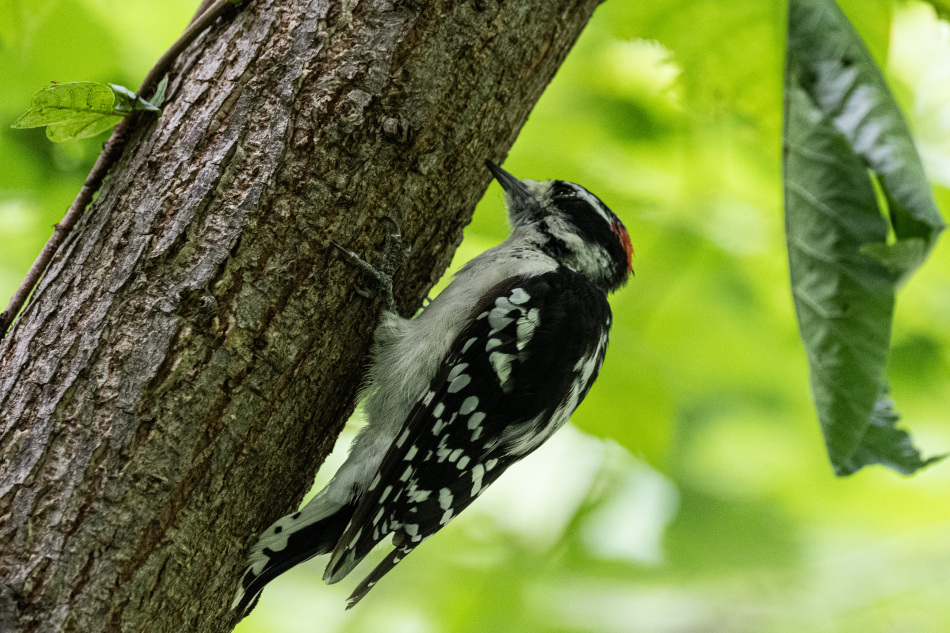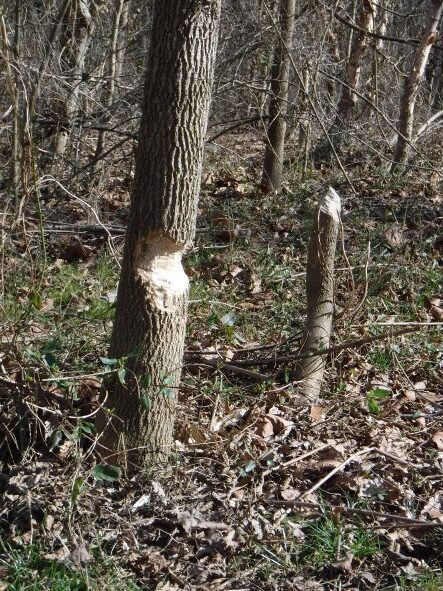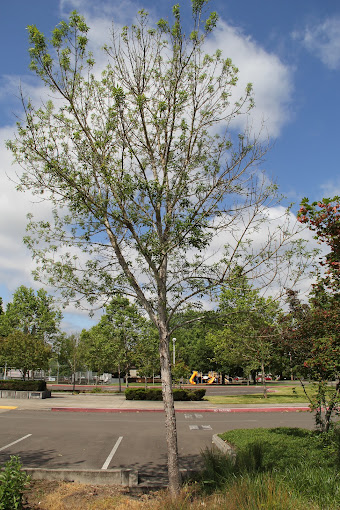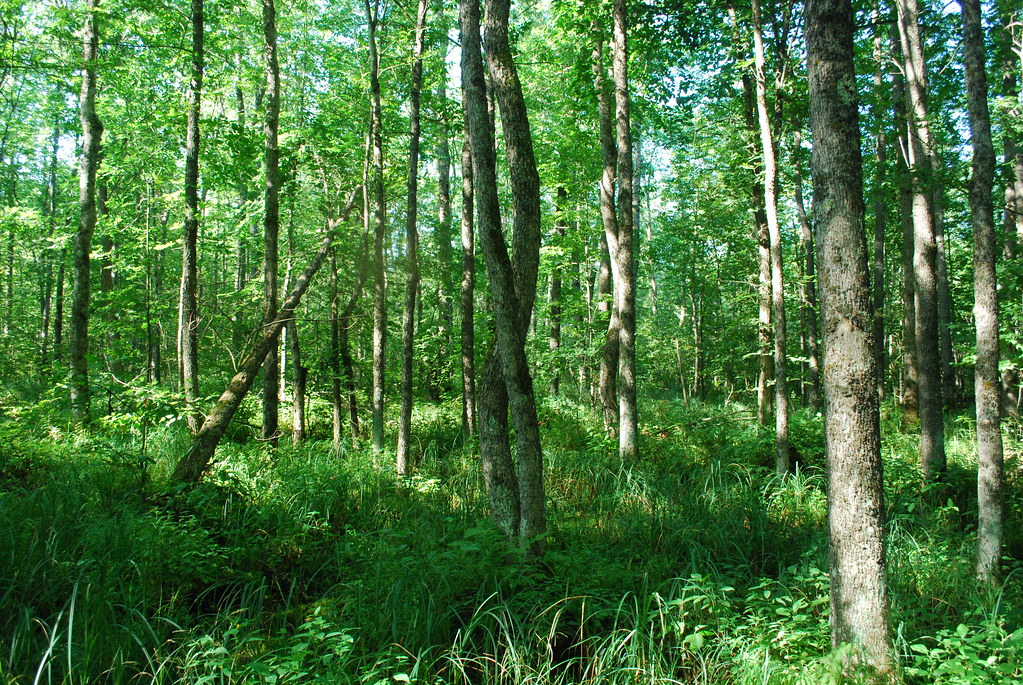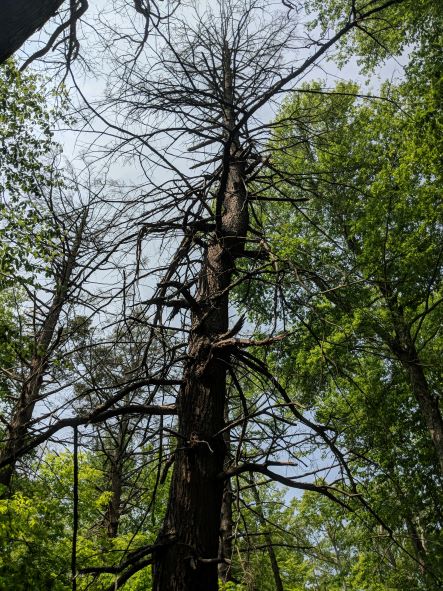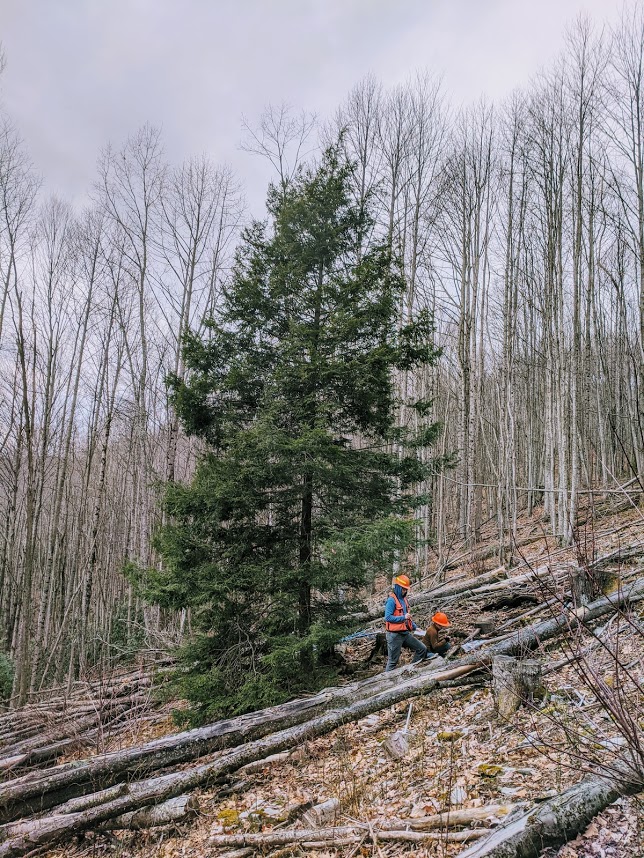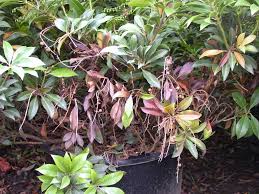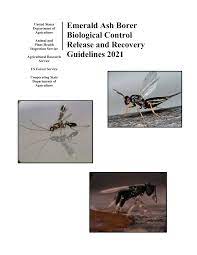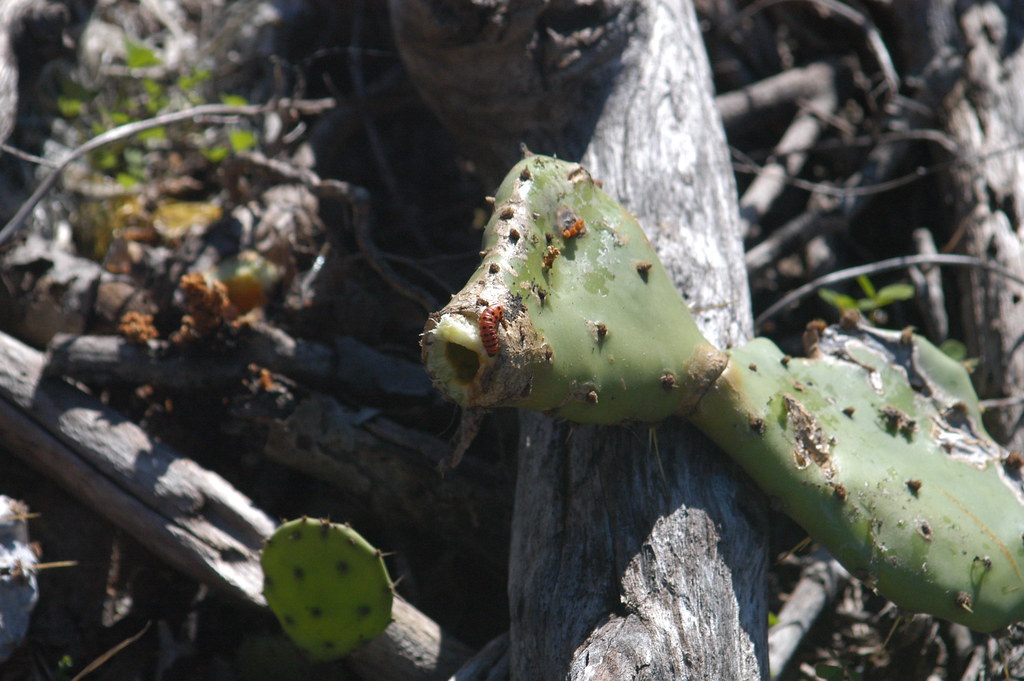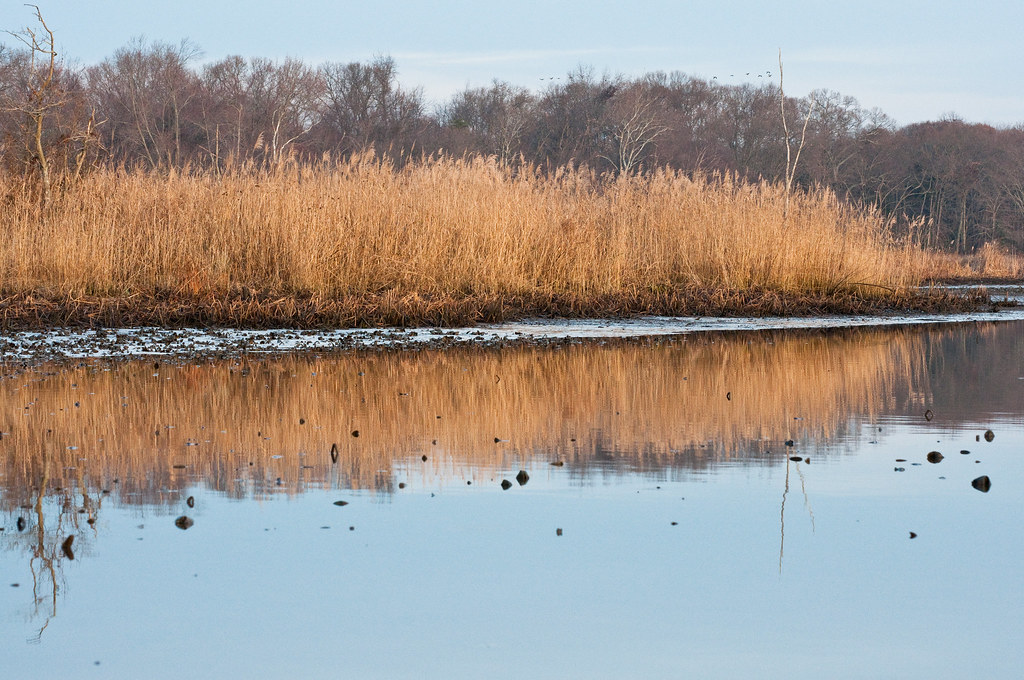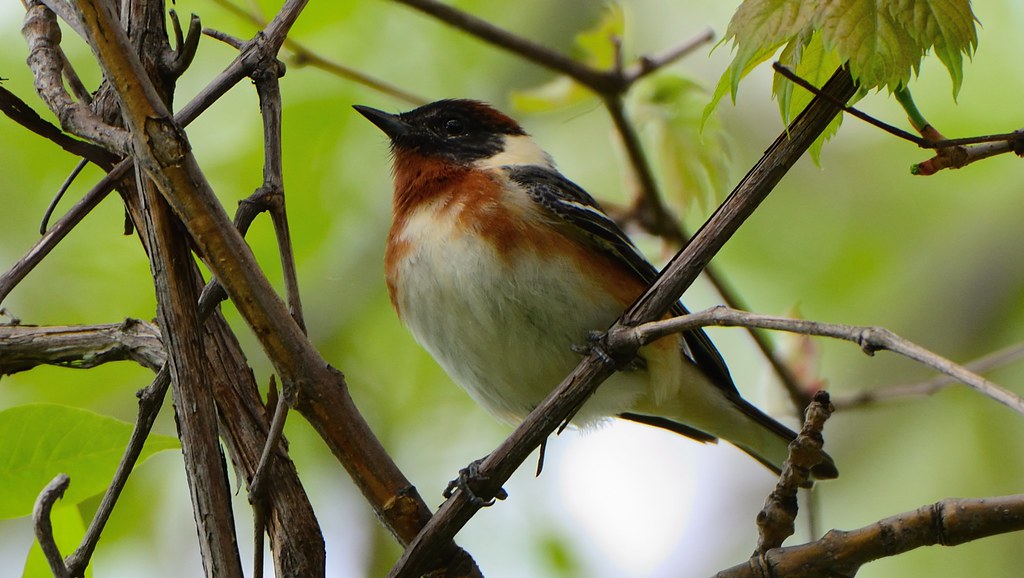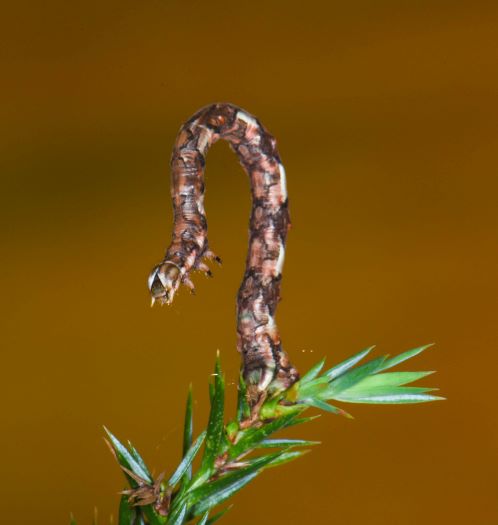
Several USFS scientists have published an assessment of the agency’s program to enhance forest health across the country: the Forest Health (FHP) program. [see Coleman et al., full citation at end of this blog.] The program assists cooperators (including other federal agencies) to prevent, suppress, and eradicate insect and pathogen outbreaks affecting trees, regardless of land ownership.
Each year, I advocate for adequate funding for the FHP program — which comes from annual Congressional appropriations. Funding has remained static at about $100 million per year. I interpret the article as providing support for my call for increased appropriations. First, it reports that the number of projects and extent of area treated have declined from 2011 to 2020. This is because static funding levels are stretched increasingly thin as costs to implement the same activities rise. Second, the program does not address many damaging forest pests already in the country. The result is growth of established threats to forest health. Finally, new insects and pathogens continue to be introduced. Protecting forest health necessitates tackling these new pests – and that requires money and staff.
Coleman et al. analyzed data from the decade 2011- 2020 to determine the most frequently used project types, integrated pest management (IPM) strategies and tactics, dominant forest pests and associated hosts managed, and most comprehensive forest IPM programs in practice. While there is a wide range of possible projects, most of those funded consist of some form of treatment (more below). The databases relied on do not include funding through the National Forest System aimed at improving forest health through such management activities as stand thinning treatments and prescribed fire. Nor are all pest management activities recorded in the centralized databases. I regret especially the fact that “genetic control” (= resistance breeding) are left out.
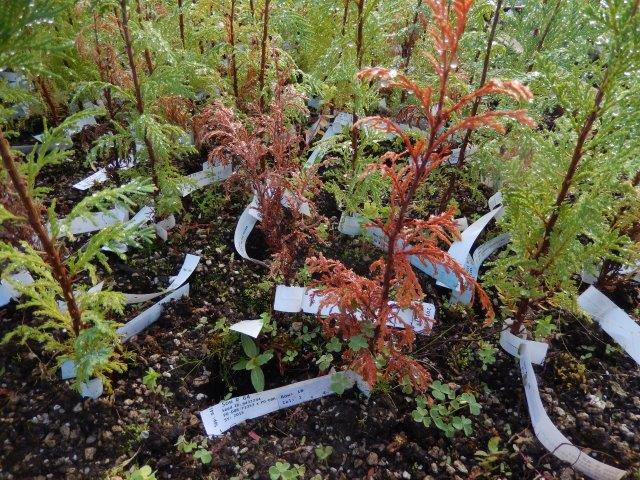
Summary of Findings
The data are sorted in various categories, depending on whether one wishes to focus on the type of organism being managed or the management approach. All presentations make evident a dramatic imbalance in the projects funded. Again and again, spongy moth (Lymantria dispar dispar), southern pine beetle (SPB, Dendroctonus frontalis), and several bark beetles attacking conifers in the West (in particular mountain pine beetle, [MPB] Dendroctonus ponderosae) dominate, as measured by both funding and area treated.
- The bulk of the funding went to the above species, plus hemlock woolly adelgid (HWA; Adelges tsugae); emerald ash borer (EAB, Agrilus planipennis), oak wilt (caused by Bretziella fagacearum), and white pine blister rust (WPBR, Cronartium ribicola).
- 95% of the projects focused on only four taxa: oaks, Quercus spp. [spongy moth suppression and eradication]; loblolly and ponderosa pines [bark beetle prevention and suppression]; and eastern hemlock [HWA suppression].
- Projects seeking to suppress an existing pest outbreak covered 87% of the total treatment area. However, 98% of the treated area was linked to only 20 taxa; again, spongy moth dominated.
- Projects seeking to prevent introduction or spread of a pest constituted only 30% of all projects and covered only 11% of the total treatment area.
- Eradication and restoration projects each equaled less than 5% of total projects and treatment areas.
- Native forest pests were targetted by 79% of projects; non-native pests by 21%. However, non-native pests accounted for 84% of the total treatment area (again, the spongy moth).
- While 67% of projects took place on USFS lands (focused on MPB and SPB), 89% of the total treatment area was on lands managed by others (state or other federal agencies, or private landowners). Again, the size of the non-USFS area treated was driven primarily by the spongy moth Slow the Spread program.
- Insect pests received nearly all of the funding: 70% of funding targetted phloem-feeding insects, especially SPB and MPB; 10% targetted foliage feeders, especially spongy moth; 6% targetted sap feeders. 4% tackled rusts (e.g., WPBR); just 2% addressed wood borers (e.g., Asian longhorned beetle, emerald ash borer).
- The ranking by size of area treated differs. In this case, 82% of areas treated face damage by foliage feeders (e.g., spongy moth); 15% of the treated areas are threatened by phloem feeders (e.g., MPB); only 1.4% of the area is damaged by sap feeders (e.g., HWA); 0.6% is threatened by rust; and 0.2% by wood borers.
- Re: control strategies, 32% of projects relied on silvicultural strategies; 22% used semiochemical strategies; 21% exploited other chemical controls; and 18% used physical/mechanical control methods.
Coleman et al. regretted that few programs incorporated microbial/biopesticide control strategies; these were applied on only 10% of total treated area. Again, the vast majority of such projects were aerial applications of spongy moth controls, Bacillus thuringiensis var. kurstaki (Btk) and nucleopolyhedrosis viruses (NPV) (Gypchek). Coleman et al. called for more research to support this approach efforts to overcome other obstacles (see below).
Coleman et al. also called for better record-keeping to enable analysis of genetic control/ resistance breeding projects, treatment efficacy, and survey and technical assistance activities.
History
The article provides a brief summary of the history of the Forest Service’ pest management efforts. Before the 1960s, the USFS relied on labor-intensive physical control tactics, classical biocontrol, and widespread chemical applications. Examples include application of pesticides to suppress or eradicate spongy moth; decades of Ribes removal to curtail spread of white pine blister rust; salvage logging and chemical controls to counter phloem feeders / bark beetles in the South and West. These strategies were increasingly replaced by pest-specific management tactics during the 1970s.
Over the decade studied (2011-2020), tree defoliation attributed to various pests (including pathogens) affected an estimated 0.7% of the 333 million ha of U.S. forest land annually. Mortality attributed to pests impacted an estimated 0.8% of that forest annually. See Table 1. Two-thirds of the area affected by tree mortality is attributed to phloem feeders; a distant second agent is wood borers. These data are incomplete because many insects, diseases, and parasitic higher plants are not tracked by aerial surveys.
As I noted above, these data do not include projects that screen tree species to identify and evaluate genetic resistance to a pest; or efforts to collect cones, seed, and scion. I consider these gene conservation and resistance programs to be some of the most important pest-response efforts. I have blogged about the USFS’ Dorena Genetic Resource Center’ efforts to breed five-needle pines, Port-Orford cedar, and ash. link
41% of silvicultural control treatments targetted phloem feeders; 48% addressed cankers and rusts together. Restoration planting was done in response to invasions by ALB, EAB, and WPBR, as well as native bark beetles and mistletoes.
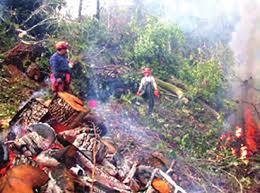
Physical/mechanical control projects were most widely applied in the Rocky Mountains in response particularly to diseases: vascular wilts, rusts, and cankers, including WPBR. This type of project was also used to deal with non-native diseases in other parts of the country, e.g., oak wilt, sudden oak death (SOD), Port-Orford cedar root rot, and rapid ʻōhiʻa death. Sanitation treatments (i.e., removal of infected/infested trees) was used for native mistletoes and root rots, and some non-native insects, e.g., EAB and coconut rhinoceros beetle (Oryctes rhinoceros). Pruning is a control strategy for WPBR. Trenching is applied solely to suppress oak wilt.
Chemical controls were limited to small areas. These projects targetted seed/cone/flower fruit feeders, foliage and shoot diseases, sap feeders [e.g., balsam woolly adelgid (BWA), HWA], wood borers (e.g., EAB) and phloem feeders (e.g., Dutch elm disease; DMF oak wilt vectors). Cover sprays have been used against goldspotted oak borer (GSOB); and many native insects. Fungicides are rarely used; some is applied against the oak wilt pathogen in areas inaccessible by heavy equipment.
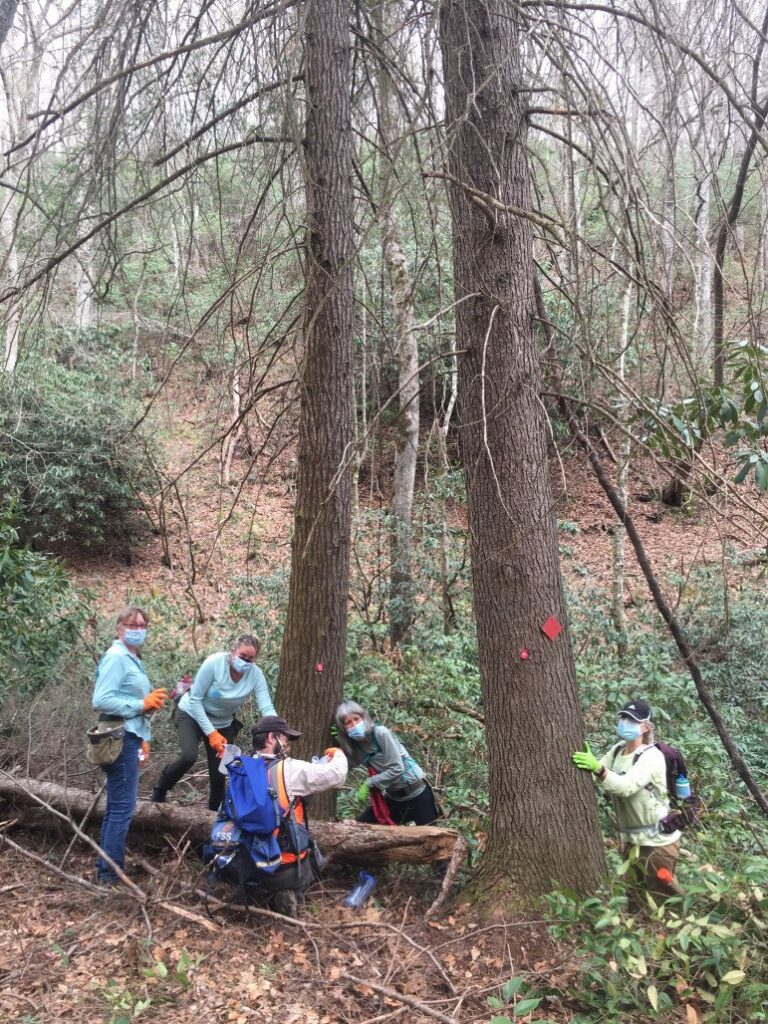
Classical biocontrol projects funded by the program targetted almost exclusively HWA. Some 4.3 million predators have been released since the early 1990s; 820,057 in just the past 10 years.
Gene conservation and breeding projects were directed primary at commercially important hosts, e.g., loblolly Pinus taeda and slash pine P. elliottii; and several non-native pests, including chestnut blight, EAB, HWA, and WPBR.
Survey and technical assistance (i.e., indirectly funded activities) conducted by federal, state, and tribal personnel contributed to education/outreach, evaluating effectiveness, identification, monitoring, and record keeping strategies.
As should be evident from the data presented here, suppression treatments dominated by number of projects and treatment area. The poster child project is the national spongy moth Slow the Spread program. The authors say this program is the most advanced forest IPM program in the world. It has successfully slowed spongy moth’s rate of spread by more than 80% for more than 20 years.
A second widely-used subset of suppression programs consists of physical / mechanical control. This is often the principal suppression strategy in high-visitation sites (e.g., administration sites, campgrounds, picnic areas, and recreation areas). Sanitation harvests are one of the few viable management techniques for suppressing or slowing the spread of recently introduced non-native pests. Nevertheless, the largest number of suppression projects and use of sanitation treatments focused on a native pest, mountain pine beetle, at the height of its outbreak in early 2010s.
Silvicultural control, specifically tree thinning, represents the predominant forest pest prevention tactic, especially on lands managed by the USFS. Two programs dominate: the Southern Pine Beetle Prevention Program and the Western Bark Beetle Initiative. Again, Coleman et al. assess these treatments as very successful. Forest thinning treatments also address other management concerns, i.e., reduce threat of catastrophic wildfires and reduce adverse effects of climate change.
Chemical control tactics are applied to suppress most forest insect feeding guilds in high-value sites and seed orchards. Soil or tree injections of systemic pesticides are used to protect ash and hemlock trees. Topical sprays have been applied to protect whitebark pine (Pinus albicaulis) from mountain pine beetle. Whitebark pine was listed as threatened under the Endangered Species Act in December 2022.
Soil or tree injections target two non-native insects, EAB and HWA.
Genetic control via resistance breeding represents the primary strategy to combat several non-native diseases. (More options are typically available for insects than diseases.) Coleman et al. focus on the extensive effort to protect many of the five-needle pines from WPBR. As I have described in earlier blogs, the Dorena Genetic Resource Center in Oregon has engaged on numerous other species, too.
Coleman et al. describe pest-management associated monitoring efforts as consisting largely of coordinated annual aerial detection surveys, detection trapping, stream-baiting of Phytophthora ramorum, and ground surveys to address site-specific issues.
Coleman et al. call for improvement of record-keeping / databases to encompass all pests, management actions, and ownerships. They also advocate for additional decision-making tools, development of microbial/biopesticides, genetic research and breeding, and biocontrol strategies for several pest groups.
They consider the southern pine beetle and spongy moth programs to be models of comprehensive IPM programs that could be adapted to additional forest health threats. They note, however, that development and implementation of these programs require significant time, financial commitments, and collaborations from various supporting agencies. Not all programs enjoy such resources.
SOURCE
Coleman, T.W, A.D. Graves, B.W. Oblinger, R.W. Flowers, J.J. Jacobs, B.D. Moltzan, S.S. Stephens, R.J. Rabaglia. 2023. Evaluating a decade (2011–2020) of integrated forest pest management in the United States
Journal of Integrated Pest Management, (2023) 14(1): 23; 1–17
Posted by Faith Campbell
We welcome comments that supplement or correct factual information, suggest new approaches, or promote thoughtful consideration. We post comments that disagree with us — but not those we judge to be not civil or inflammatory.
For a detailed discussion of the policies and practices that have allowed these pests to enter and spread – and that do not promote effective restoration strategies – review the Fading Forests report at http://treeimprovement.utk.edu/FadingForests.htm
or
